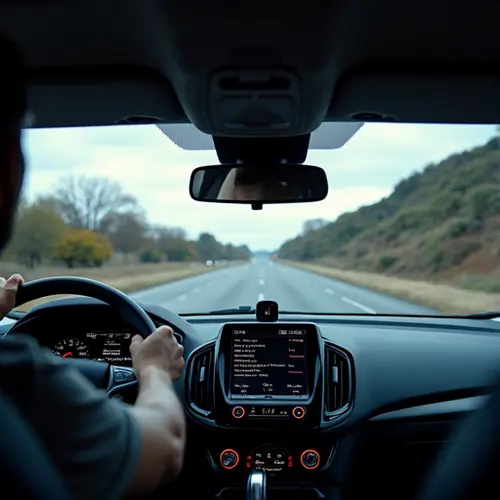AI is transforming car insurance through risk pricing, black boxes, and telematics. While these innovations promise fairer premiums, concerns about bias and privacy persist. Regulatory oversight is crucial to ensure equitable outcomes.

The Future of Car Insurance with AI
Artificial Intelligence (AI) is revolutionizing the car insurance industry, particularly in risk pricing, black boxes, and telematics. These technologies promise more personalized and fairer premiums, but they also raise concerns about transparency and discrimination.
Risk Pricing and AI
Traditionally, car insurance premiums have been calculated using factors like age, driving history, and location. AI now enables insurers to analyze vast datasets, including real-time driving behavior, to assess risk more accurately. However, critics argue that AI-driven pricing could perpetuate biases, especially if historical data reflects systemic inequalities.
Black Boxes and Telematics
Black boxes, or telematics devices, collect data on driving habits such as speed, braking, and acceleration. This information helps insurers tailor premiums to individual driving styles. While this can reward safe drivers with lower rates, it also raises privacy concerns. Some drivers worry about constant surveillance and the potential misuse of their data.
The Ethical Dilemma
The integration of AI in car insurance is not without controversy. A 2025 report by the Rochester Beacon highlighted how AI could exacerbate existing disparities, particularly for low-income and minority drivers. For instance, ZIP code-based pricing, often influenced by AI algorithms, has been criticized for unfairly penalizing certain communities.
As the industry evolves, regulators and insurers must balance innovation with fairness. Transparency in AI algorithms and stricter oversight are essential to ensure that these technologies benefit all drivers equally.

 Nederlands
Nederlands
 English
English
 Français
Français
 Deutsch
Deutsch
 Español
Español
 Português
Português









